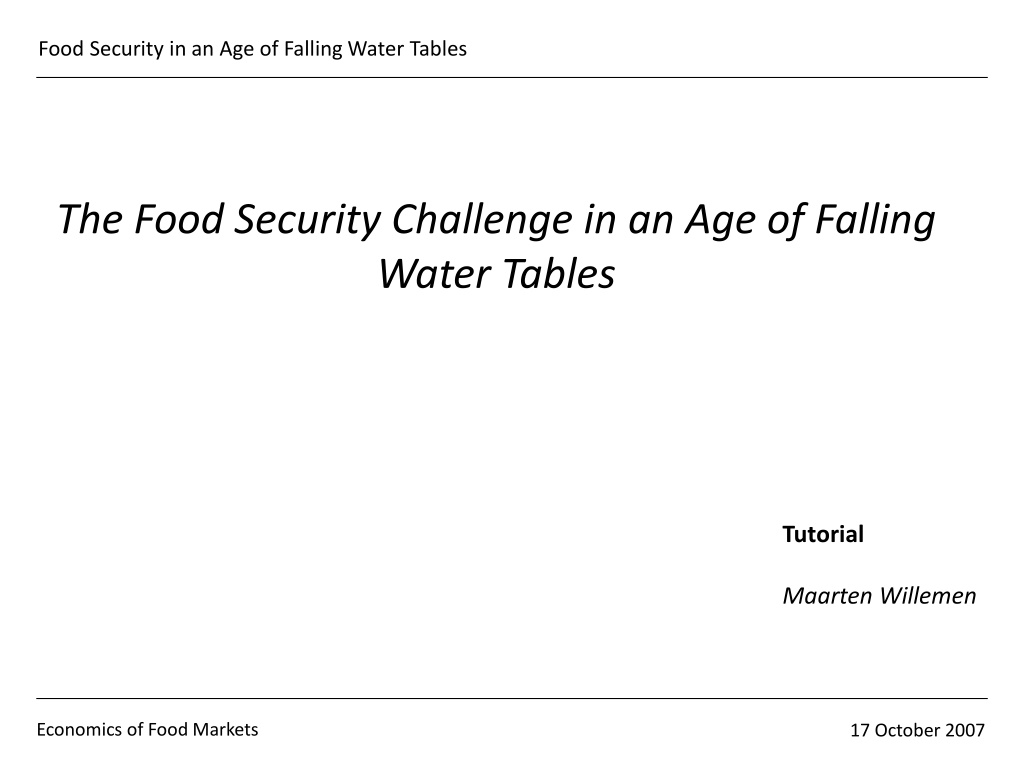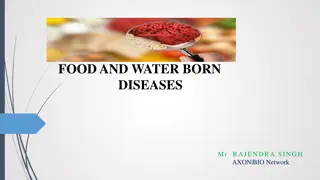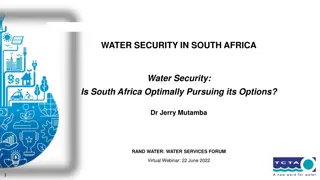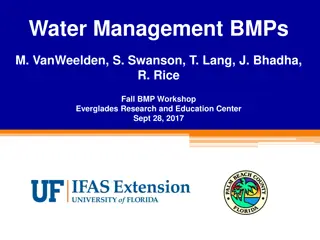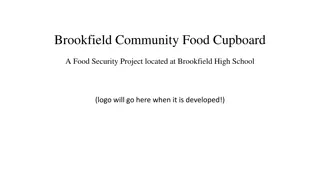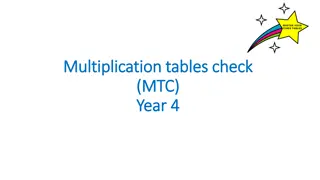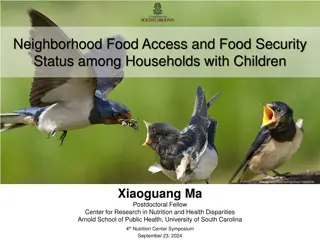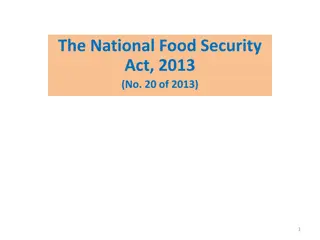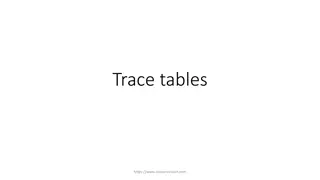Food Security Challenges in an Era of Declining Water Tables
Detailed analysis highlights the link between food security and falling water tables, emphasizing the water-intensive nature of food production. As the global demand for food increases, the strain on water resources also rises, impacting agricultural output. The competition in water markets presents challenges for farmers, leading to conflicts over water allocation. Strategies such as importing grain and reallocating water usage are discussed to address the implications of water scarcity on food security at a global level.
Download Presentation

Please find below an Image/Link to download the presentation.
The content on the website is provided AS IS for your information and personal use only. It may not be sold, licensed, or shared on other websites without obtaining consent from the author. Download presentation by click this link. If you encounter any issues during the download, it is possible that the publisher has removed the file from their server.
E N D
Presentation Transcript
Food Security in an Age of Falling Water Tables The Food Security Challenge in an Age of Falling Water Tables Tutorial Maarten Willemen Economics of Food Markets 17 October 2007
Food Security in an Age of Falling Water Tables The Food Security Challenge Detailed analysis shows that, globally, there is enough land, soil and water to make the necessary production feasible FAO (2002) As the economy grows, its demands are outgrowing the earth, exceeding many of the planets natural capacities Brown (2004) Economics of Food Markets 17 October 2007
Food Security in an Age of Falling Water Tables Falling water tables (1) Widening gap between the growing use and the sustainable supply of water. (2) Food security is closely tied to water security: - Food production is water intensive; - 100 tons of water produce 1 ton of grain; - 70% of world water use to irrigation. (3) Depletion of natural resources reduces grain harvest: - Example: Saudi Arabia. Economics of Food Markets 17 October 2007
Food Security in an Age of Falling Water Tables Figure 6-1. Wheat Production in Saudi Arabia, 1960-2004 4.5 3.0 Million Tons 1.5 Source: USDA 0.0 1960 1965 1970 1975 1980 1985 1990 1995 2000 2005 2010 Economics of Food Markets 17 October 2007
Food Security in an Age of Falling Water Tables Competition in water markets Farmers are faced with not only a shrinking water supply but also a shrinking share of that shrinking supply Brown (2004) (1) Introduction of Water Markets - Cities and towns buy irrigation rights - Turning highly productive land to wasteland (2) Opportunity Costs - 1,000 tons of water yield $200,- of wheat - 1,000 tons of water expands industrial output by $14,000 Economics of Food Markets 17 October 2007
Food Security in an Age of Falling Water Tables Implications In reality, the wars over water are taking place in world grain markets Brown (2004) (1) Divert irrigation water from agriculture. (2) Import grain to offset the loss of farm output. (3) Water scarcity crossing national boundaries. Economics of Food Markets 17 October 2007
Food Security in an Age of Falling Water Tables Solutions How to raise water productivity: Raising the price of water; Water efficient technology and crops; Recycling urban water supplies; Restructuring the energy sector; Reduction in the excessive consumption of livestock products; Managing the process. Economics of Food Markets 17 October 2007
